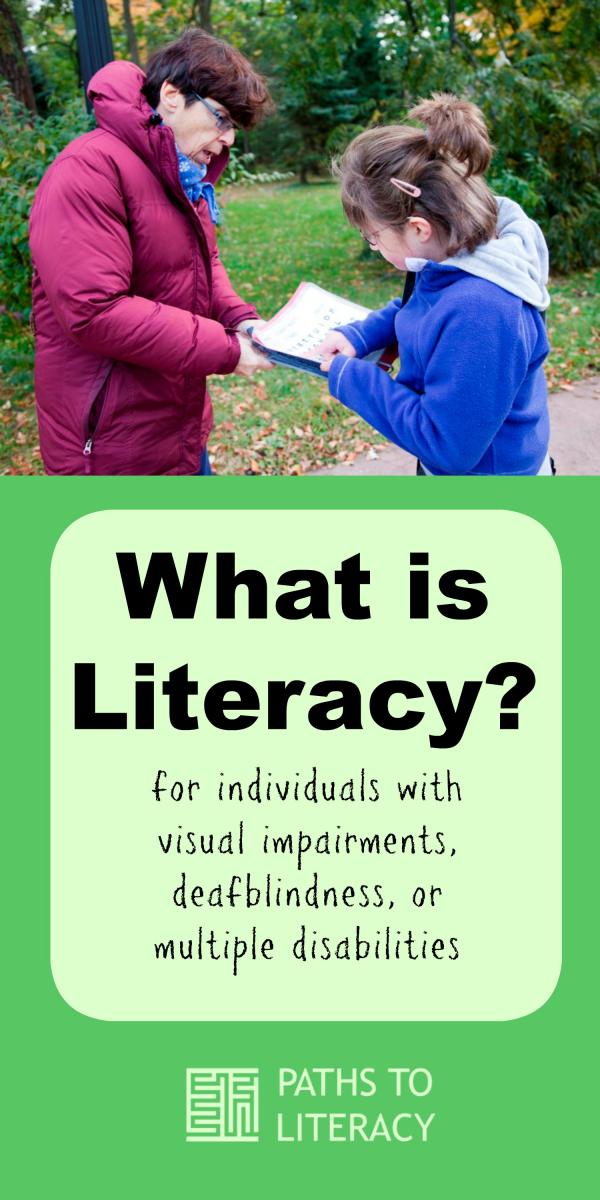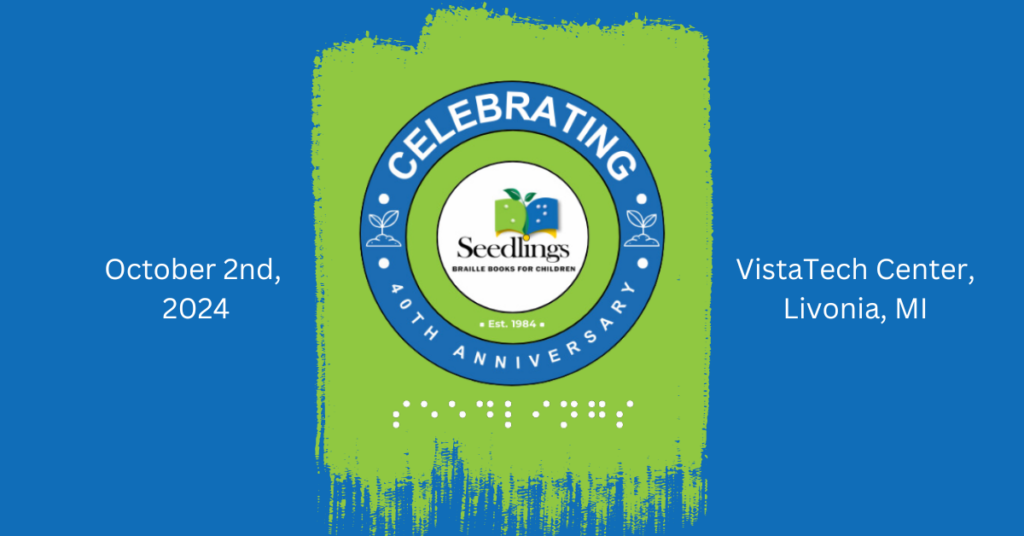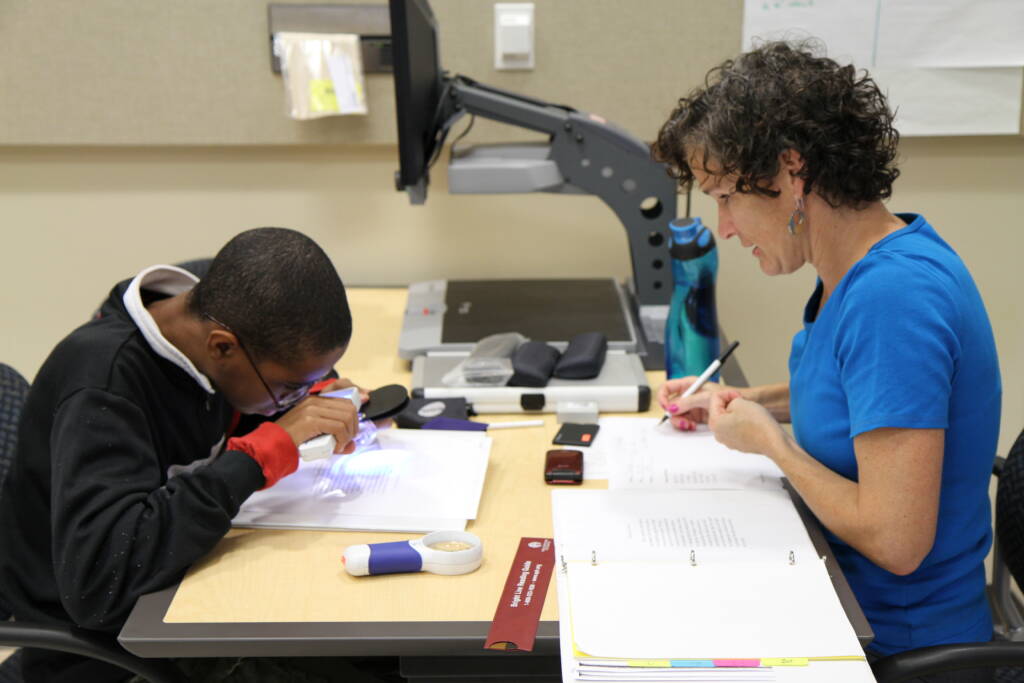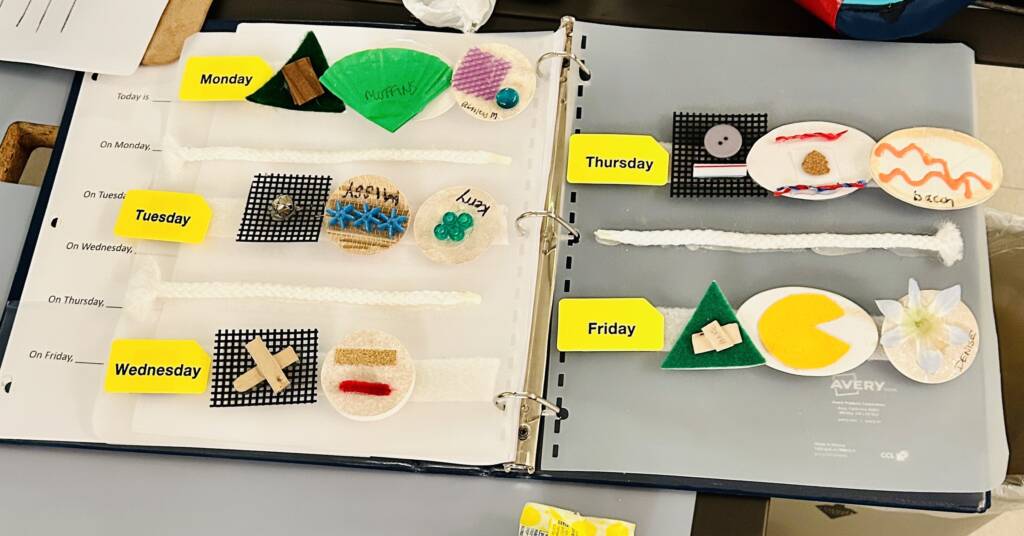What is Literacy?
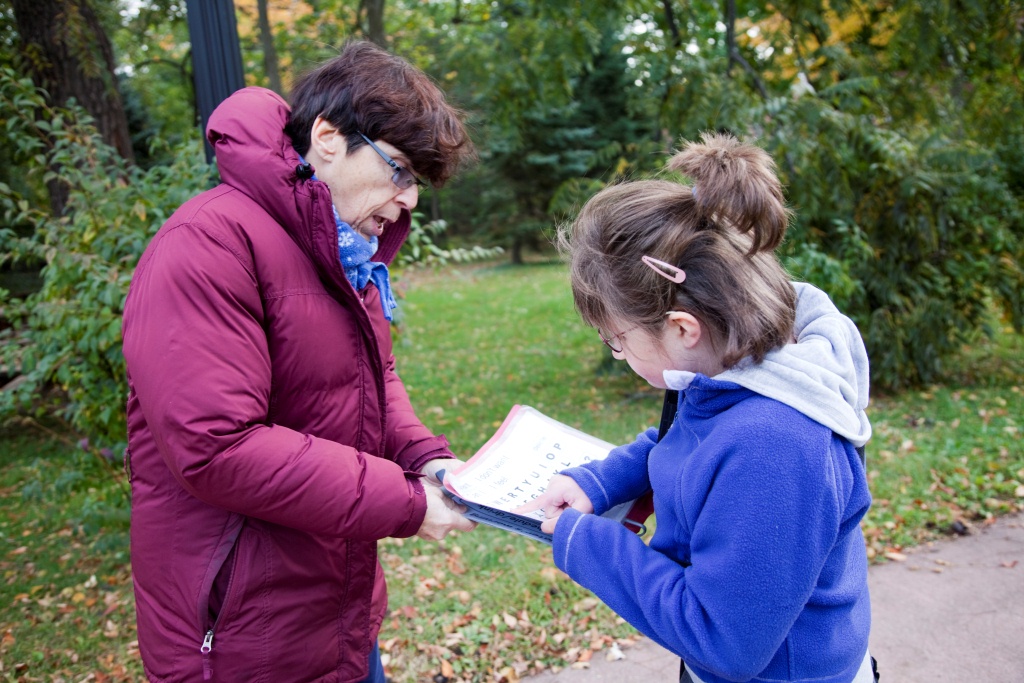
All children, regardless of whether or not they have a vision loss or additional challenges, learn through repeated and frequent exposure to meaningful hands-on experiences in order to develop basic concepts that are the foundation of literacy. In this sense, literacy is much more than learning to read, whether it be in braille or print, as it begins with an understanding of one’s environment, including people, activities, and routines. Learning to communicate about these experiences may be through speech, sign language, objects, or some combination of these. Literacy is a broad topic that encompasses many different forms, including print, braille, objects, speech, sign language, and other symbol systems.
Literacy is crucial to independence, as well as to quality of life. It has a strong impact on one’s ability to participate in society, and there is a high correlation between literacy and employment rates. Literacy is changing rapidly in this era when so many have access to new technology.
Literacy impacts all of our development, not just our reading and writing. Dr. Phil Hatlen, Superintendent, TSBVI, explores these connections in his article The Impact of Literacy on the Expanded Core Curriculum.
Who Is Responsible for Teaching Literacy?
Families are a child’s first teacher and this is as true for literacy as for everything else. All the experiences of infancy that develop trust and foster understanding of people and the world around them contribute to the basics needed to learn the broad range of literacy skills. Families are essential members of the educational team who lay the foundation for literacy and concept development through meaningful experiences. In addition, reading aloud, enriching language, and providing access to books and other materials in the home are the seeds of literacy.
Itinerant teachers of students with visual impairments are typically not responsible for the actual teaching of reading. These TVIs should team with classroom teachers and reading specialists. Together, they can integrate specialized VI compensatory instruction, needed for the students to access educational media efficiently, with classroom-based literacy skill building.
Teachers in schools for the blind or those who are the primary teachers of students with visual impairments do teach reading and, therefore, an understanding of child development and foundational concepts are essential. Many aspects of teaching reading, such as phonics, vocabulary, and comprehension, are universal regardless of the format being taught.
Additional Resources
Literacy is an enormous topic and there are vast resources available which are beyond the scope of this website. Teachers of students with visual impairments and others involved in literacy instruction should familiarize themselves with this body of knowledge. In the past, the term literacy focused specifically on the ability to read and write, whereas now a broader definition is becoming increasingly accepted. Speaking, listening, object communication, sign language, concept development, and an understanding of one’s environment and experiences are all part of a more inclusive view of literacy.
Please see our list of general reading resources to explore more.
Reading is reading.Evidence-based approaches to reading instruction are just as important for children with visual impairments as for their sighted peers! |
